How to choose logo colors
The colors in your logo will determine what thoughts and feelings potential customers associate with your brand. That means that strategically choosing your logo color is one of the most important parts of your brand strategy. Keep reading to find out what responses different logo colors can evoke and how you can best convey your brand’s message in color.
What meaning do logo colors have?
Colors are such an integral part of our daily lives that we often don’t consciously perceive them. What color eyes does your partner have? What color shoes do your friends wear? It’s probably pretty difficult to answer these questions. But when it comes to the logo colors of McDonalds, Coca-Cola or Facebook, the answer is likely clear.
Why is that? The answer is simple — color psychology. The effect of colors isn’t just subjective. Whether or not we’re aware of it, colors have a big influence on our subconscious. How we experience colors depends on a number of factors that we don’t have control over.
Which factors have an influence on color perception?
Choosing logo colors is more than just a matter of taste! For example, blue logos like those of Intel, Samsung and Meta have nothing to do with the favorite color of their CEOs. There’s a wealth of detailed marketing analysis behind each of those logo colors. By getting to know your target group and buyer personas, you can increase your chances of choosing the right logo color for your brand.
The effect that logo colors have is influenced by the following factors:
- Socialization and culture: The meaning of colors is closely connected with social and cultural conditioning and, like these conventions, can also change over time. When designing your logo, you should know which meanings and effects colors have in the countries and cultures you do business in.
- Learned associations: Color perception also has a lot to do with customs and personal experiences. For example, we’ve come to learn in American culture that red operates as a warning signal. But it’s not always associated with emotions like anger. It can also evoke feelings of warmth and excitement. The context a color appears in plays a big part in how it’s perceived. Pay attention to which colors are used in which industries. The age of your target group will also play a part.
- Color trends: Which colors are in or out is constantly changing and can also vary depending on age group. The Pantone Color Institute publishes a yearly report on color trends called the “Fashion Color Trend Report”. Don’t let yourself be seduced by trends. Your logo color and corporate identity need to stand the test of time to boost your brand recognition.
- Psychology: Psychological studies like those by Lauren Labrecque and George Milne show that colors elicit emotions. That doesn’t always happen the same way for everyone, but it’s still worthwhile to look into color psychology, especially as it relates to your target group.
Looking for some inspiration for your logo? Create one for free with IONOS’s Logo Maker
What do the different logo colors mean?
If you choose the right logo colors, you can set yourself apart from the crowd without violating the rules of the game. By rules of the game, we mean that combination of your brand identity, target group and the factors influencing color perception we mentioned above. Below we’ll give you an overview of the most frequently used logo colors, their meaning and some possible color combinations.
Red logos and their effect
Babies first see the world in black, white and gray. Then, in the first few weeks after they’re born, they see red. Evolutionarily speaking, red functions as an intense color signal for danger, fear and anger but also for excitement, love, passion and appetite. It warned our ancestors about poisonous fruit and insects, drew their attention to edible fruit on trees and emphasized emotions on the red-tinged faces of others. The effect and meaning of red is thus very dependent on the context. As a logo color, red is often used in industries like gastronomy, groceries, entertainment and fashion & beauty.
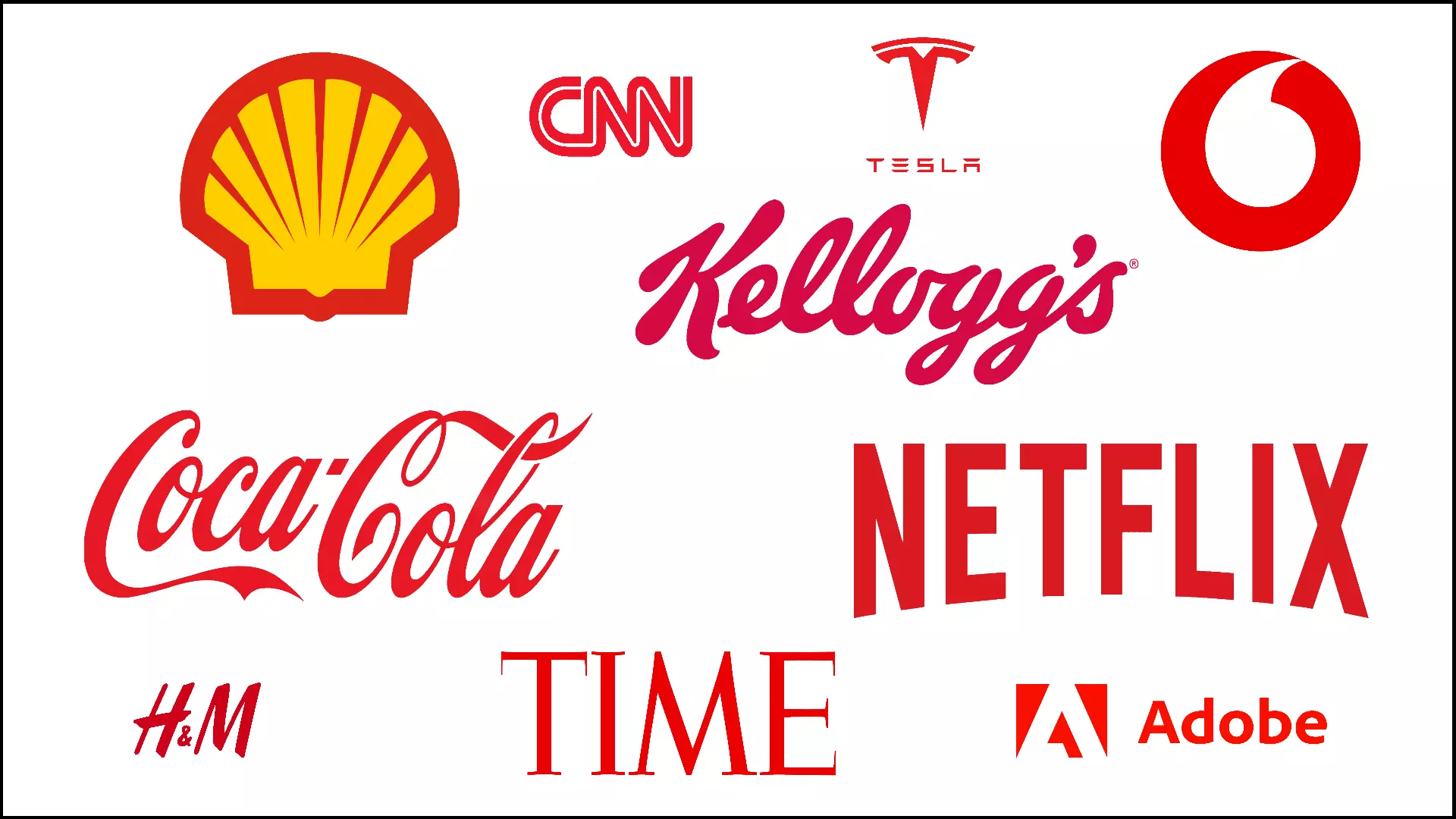
Blue logos and their effect
It’s not without reason that blue is one of the most popular colors in the world. The color is serious and evokes trust in people. Logos in blue embody professionalism, stability and security. Blue stands for balance, a cool head and logic. It also evokes the ocean, the sky and a feeling of freedom and expansiveness. No wonder blue logos are used so often by future-oriented tech companies like Samsung, Intel, PayPal, IBM and Meta.
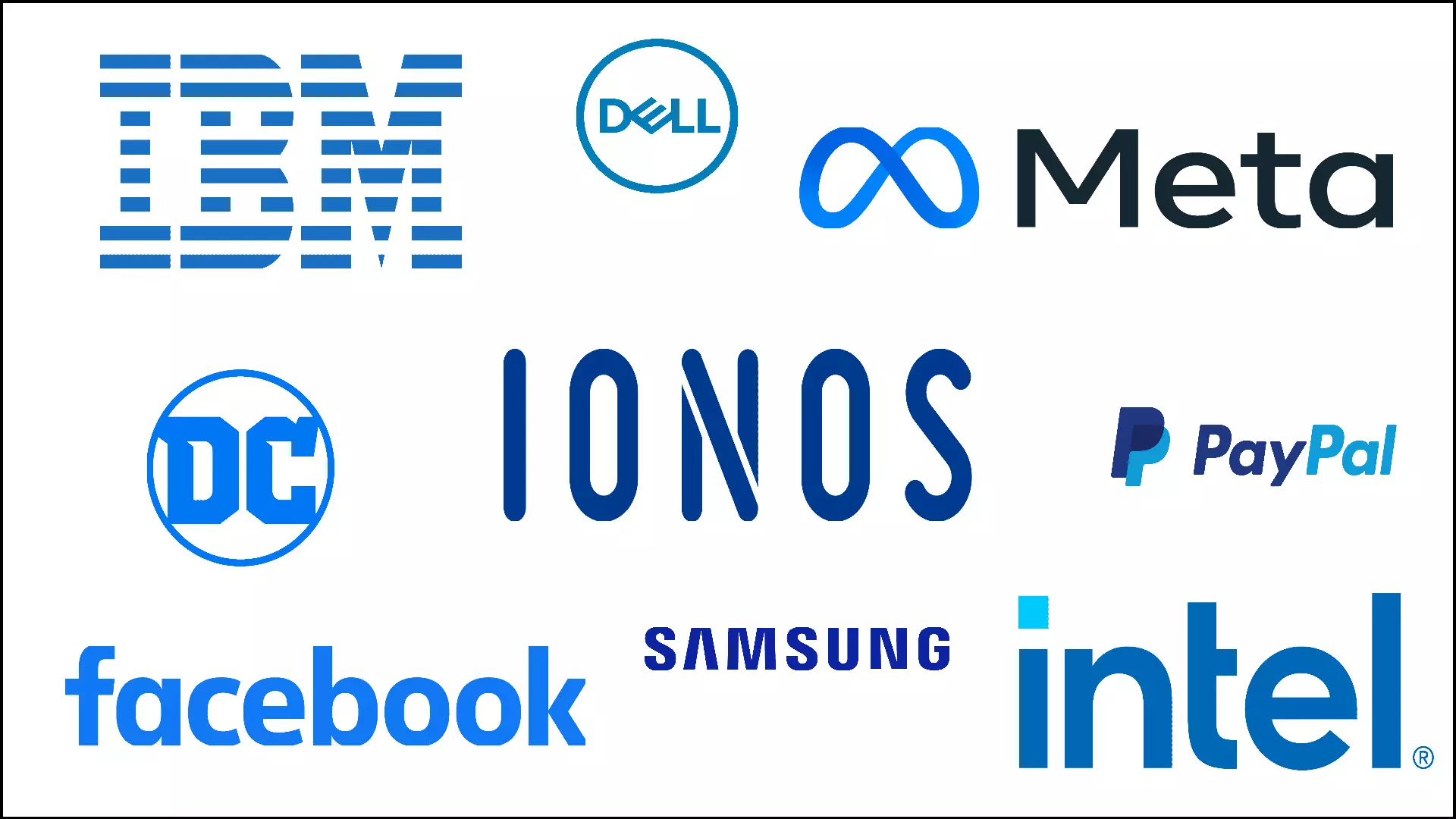
Yellow logos and their effect
Yellow usually has a positive effect and reminds people of summer, sun and lively energy. Depending on the color temperature and nuance, yellow can come across as youthful and creative or elegant and noble. Even though yellow in combination with red or blue is one of the most popular color choices for logos, you should think carefully about which colors you mix, lest your logo end up looking too gaudy or too snobby. Yellow is often used as a background color to give a logo the effect of being softly nestled.
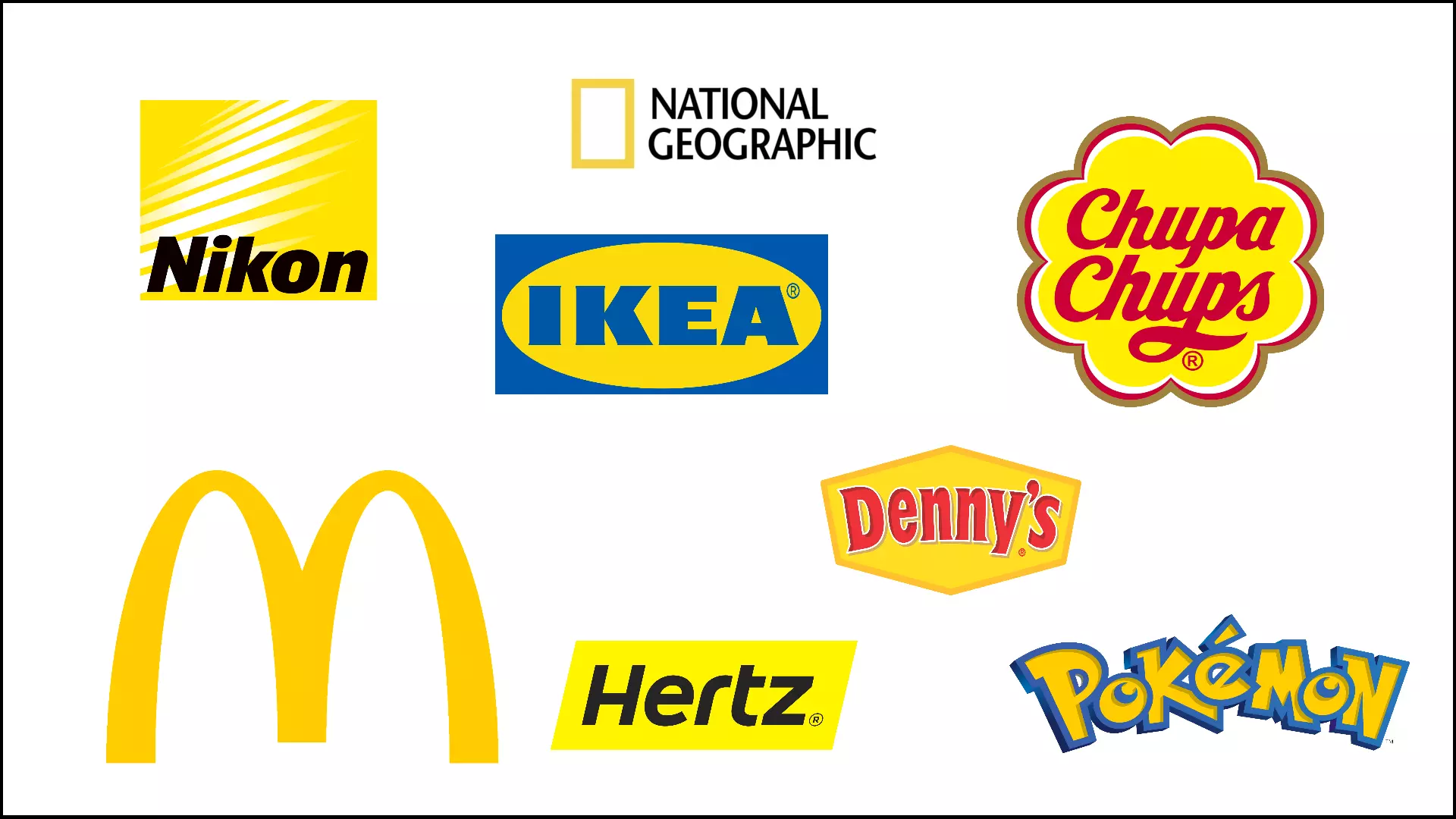
Green logos and their effect
Green is soothing for the eyes and the mind. That’s why a walk in nature often does so much good when you’re stressed or nervous. Unlike red and yellow, green doesn’t evoke any strong emotions and also doesn’t come across rational and cool like blue. It can be used in a number of ways and is currently popular with companies that focus on vegan lifestyles, eco-friendliness and sustainability.

Purple logos and their effect
In ancient Rome purple was a rare and expensive pigment that exuded luxury. In color symbolism, purple stands for elegance, wealth and spirituality. One reason for that might be that it is a mixture of intense, emotional red and stable, balanced blue. Today purple comes across as rather playful and eccentric and embodies originality and creativity.
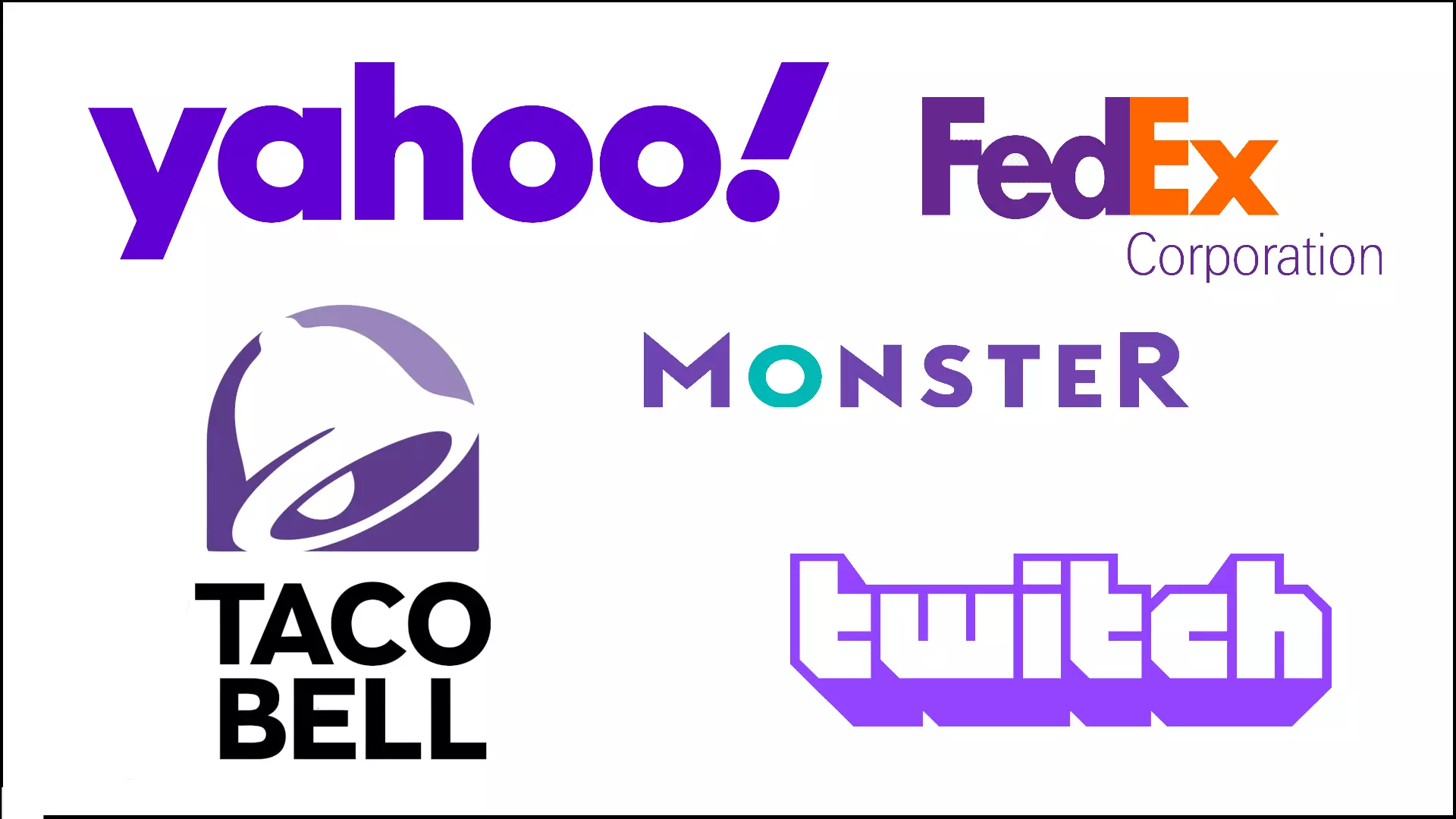
Orange logos and their effect
Orange is often the go-to color when red is too strong and yellow is too soft. A mix of yellow and red, orange comes across as calming, life affirming and positive. It evokes sunsets and fall colors and is thus associated with change, youth and originality. As a warm, positive color, orange exudes an aura of openness and playfulness. It’s suited to brands that want to position themselves as unusual, refreshing or open minded.

Brown logos and their effect
Brown evokes soil and wood. It’s associated with a connection to the earth, groundedness and permanence as well as masculinity, rawness and tradition. Warm brown tones also give off an atmosphere of comfort and peace. Brown is especially popular for gastronomy, traditional craftsman’s brands, outdoor products and eco-friendly companies.
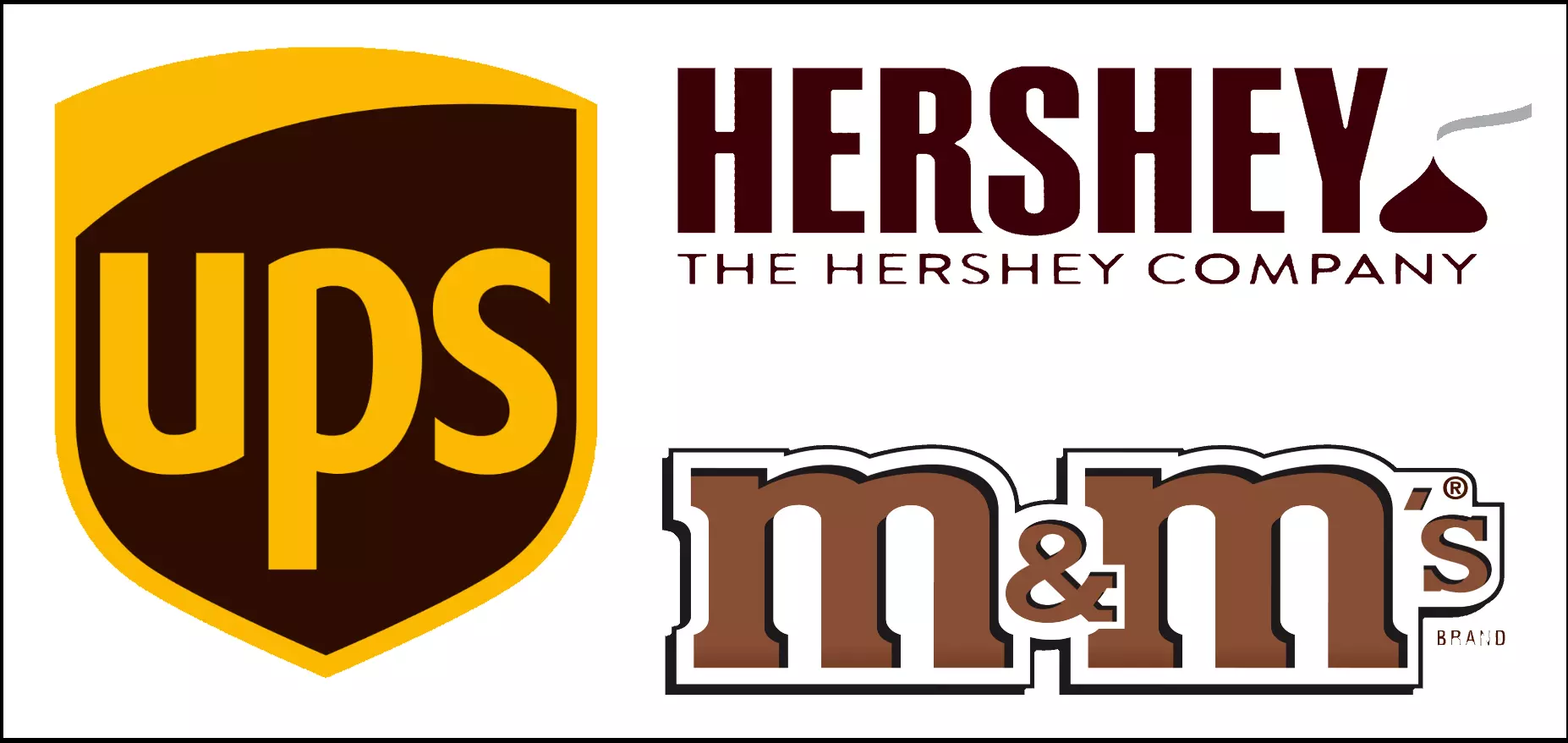
Black logos and their effect
Black never goes out of fashion and always focusses on the essentials. This makes it one of the most frequently used logo colors across industries. It stands for modernity, credibility, elegance, minimalism and clarity. It’s mostly used with a white background but can also easily be combined with other colors. Black logos are best suited for brands with a serious or luxurious message and identity. They also work well for modern, confident and timeless looks.
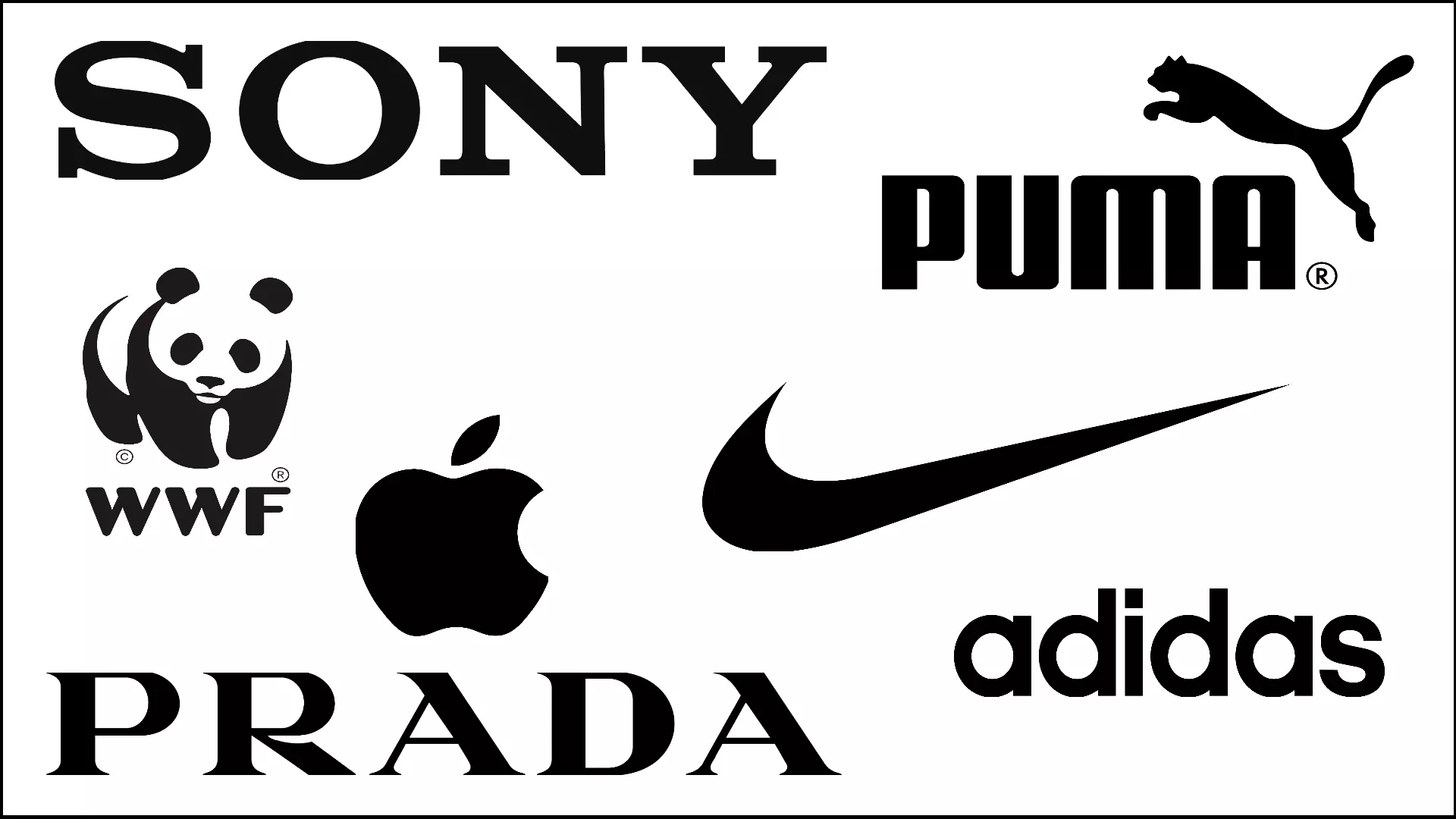
White logos and their effect
White logos only work with background colors. In color psychology, white embodies innocence, flawlessness, purity, freedom and peace. Brands that portray themselves as reliable, conscientious and high quality often combine white with a black background to communicate depth, seriousness and elegance. Just like black, white is a flexible logo color that offers a number of advantages.
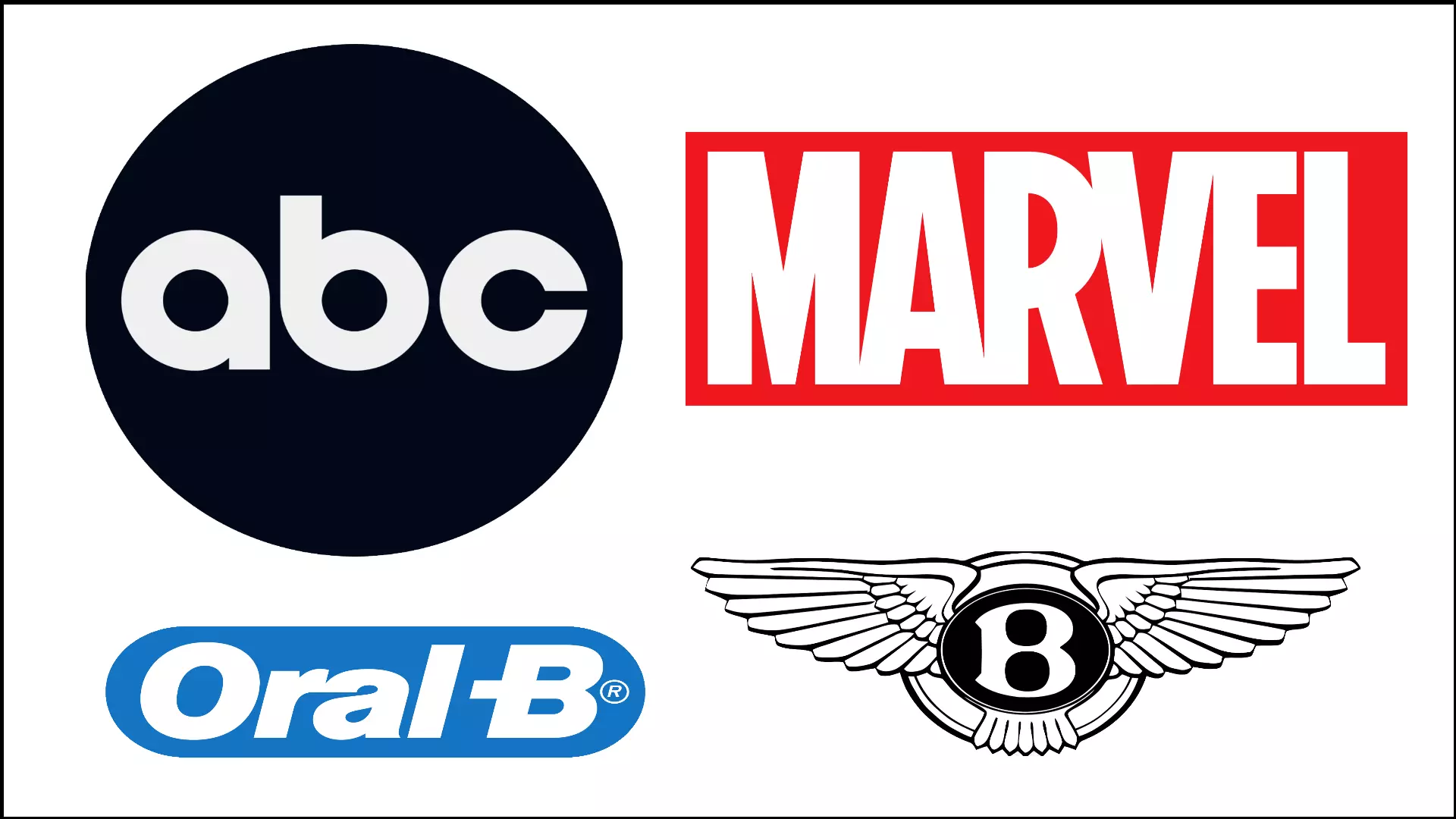
Gray logos and their effect
Logos in shades of gray get the best of the worlds of black and white. Not too light, not too dark and all the while associated with timeless elegance, maturity and seriousness. The minimalist look of logos in gray tones endows a brand with reassuring seriousness, timeless style and fashionable simplicity.

Logos with multiple colors
Logos that integrate a number of colors are usually used by multidisciplinary companies that work in a number of industries. The colors embody entrepreneurial versatility and creativity, as you can see in Microsoft and Google’s logos. However, multicolored logos aren’t suited to every case — they can easily end up looking cluttered and overly playful. A combination of two or three colors is often the sweet spot.
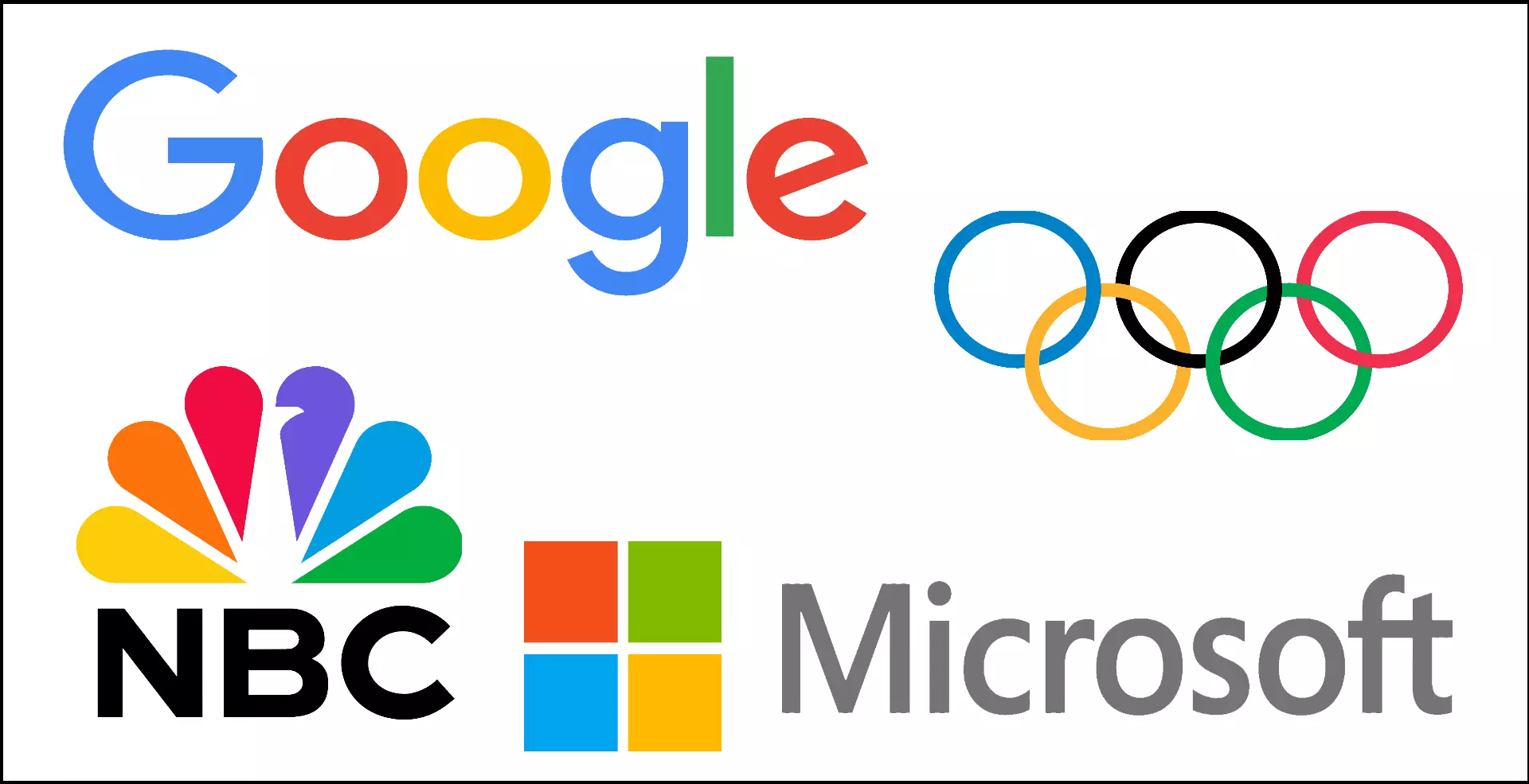
You found your logo color but still need a website? With IONOS’s website builder, you can create your own website even if you don’t know any programming! You’ll benefit from high-quality, customizable deigns, your own domain, SEO, email and much more.
How to pick colors for a logo
Your company’s logo is often the first impression that your target group gets of you. Need help choosing logo colors for your brand? Take a look at the following steps.
Step 1: Defining your brand identity and target group
The best logo color for your brand is going to depend on its message and identity. The first question to answer for yourself is who your target group is and which color can best be used to reach them. First work on defining your brand and your target group, then you can start thinking about logo colors and their effects.
Step 2: Take a look at what factors influence color perception
Read up on what effect colors have in different contexts and how that should influence design and color schemes. Some of those factors include socialization, culture, learned associations, trends, demographics and psychology.
Step 3: Learn best practices
Take a look at what your competition is doing and draw inspiration from their successes. Analyze competitors’ logos, common color palettes in your industry and what the most successful companies in your field are doing.
There’s no one size fits all answer to the question “What does a good logo look like?”. In our article, we take a look at a study that tackles that question and offers insights for your logo.
Step 4: Follow design principles
- Less is more: Logos compress your brand message into a very small space. Use this space as efficiently as possible. That means not using too many colors at once and being wise about color combinations.
- Individuality and originality: Even though you should look at what the competition is doing, it’s important to stay in touch with your brand’s own individual fingerprint. This can be expressed in logo design as well as color nuances and combinations.
- Logo size and logo format: The right colors for your logo will also depend on the logo size and the logo format. Powerful, intense colors will look even more intense and possibly even alarming if your logo is too big. On the other hand, smaller, discreet logos in cool blue or white tones can quickly get lost in the crowd. Use colors wisely in connection with your logo’s size and format.
Step 5: Professionalism is the top priority
Use professional tools like InDesign, Photoshop or Photoshop alternatives. We provide tips on how to find the right logo design software. Check out our article if you’re looking for tips on how to create a logo.
A design agency can also be of help if you don’t want to delve into the world of pixels and color systems like CMYK and RGB.
Step 6: Testing and getting feedback
Don’t finalize your logo without testing it first. Your logo should be able to show off its color effects in a variety of sizes. Get feedback from business and personal contacts or test the effects of your logo colors with professionals.
Logo color tips for startups
The way that customers perceive a new startup has a lot to do with the company’s colors. When you’re planning your brand impact, think about your corporate identity as a whole. Your color palette provides a chance to create a consistent brand identity that will be used for logos, digital media, advertising, products and much more.
Define your color palette and design language all in one place by creating a style guide for your website.
Save time and energy by letting IONOS design your website for you. Our experts will make a tailor-made website for you and also take care of maintenance.
Summary: Choose your logo colors consciously
Colors guide the eye, evoke emotions and can have a subconscious influence on purchases. Choosing your logo colors is thus an important part of the process of designing your logo. Closely analyze your target group to find out which factors should play the biggest part in your color decision. Look at competitors and take inspiration from their logo colors and design.

